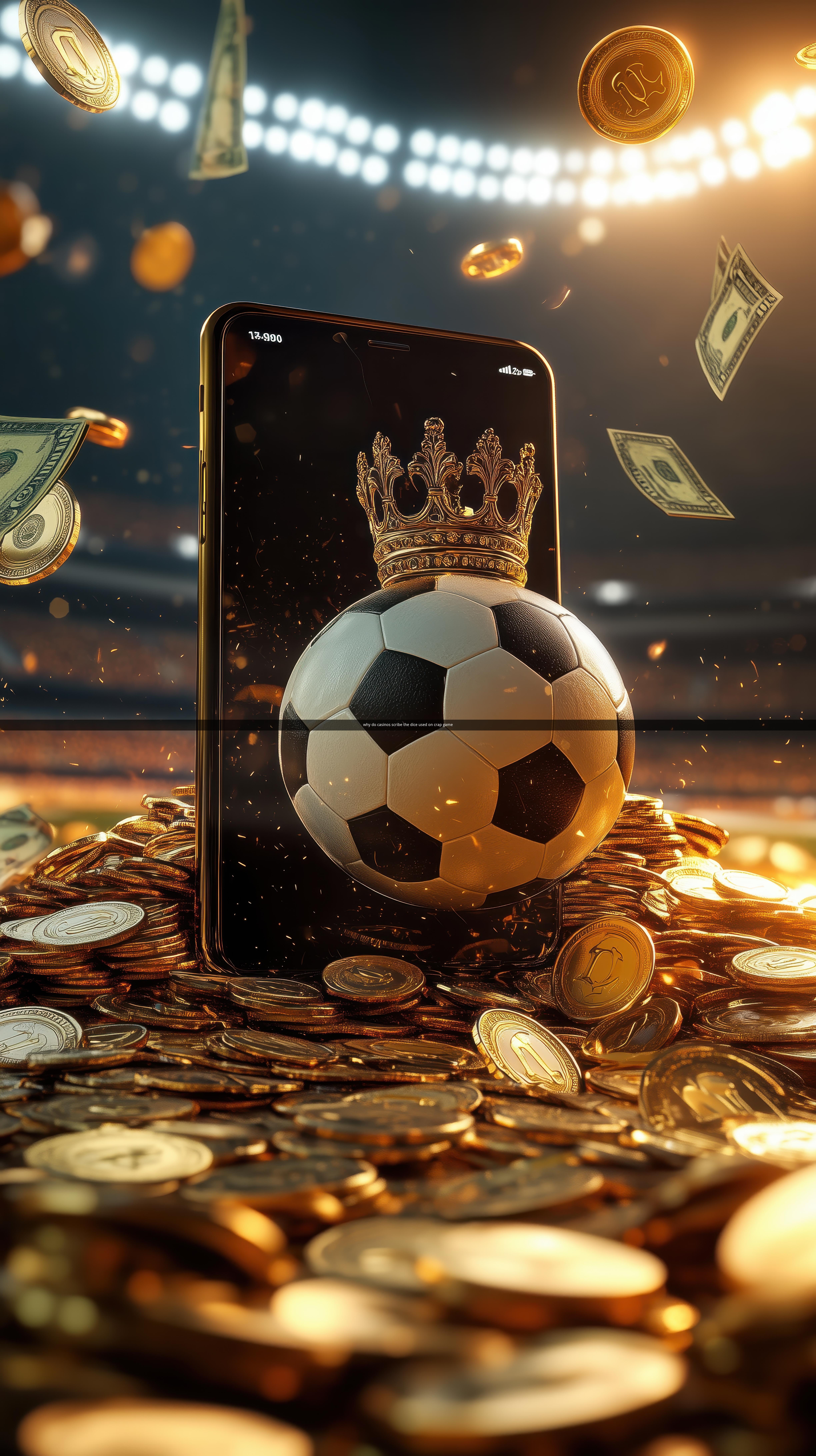
Contents
1. The Evolution of Dice in Casinos
2. The Significance of Dice in Crap Game
3. The Role of Dice Scribing in Fair Play
4. Historical Perspectives on Dice Scribing
5. The Psychological Impact of Dice Scribing
6. Technological Advancements and Dice Scribing
7. The Legal Aspect of Dice Scribing
8. The Art of Dice Scribing
9. Testimonials from Professionals
10. The Future of Dice Scribing in Casinos
1. The Evolution of Dice in Casinos
The use of dice in casinos dates back to ancient civilizations, where they were used for various games of chance. Over time, the evolution of dice has been remarkable, from the simple stone dice used by the Romans to the intricately designed dice used in modern casinos. The crap game, a popular dice game, has seen its fair share of changes, with the dice being the cornerstone of its appeal.
2. The Significance of Dice in Crap Game
In the crap game, also known as craps, players bet on the outcome of a pair of dice rolled by a player known as the "shooter." The significance of dice in this game cannot be overstated, as they determine the winner and loser. The randomness and unpredictability of dice rolling make the game thrilling and captivating for players.
3. The Role of Dice Scribing in Fair Play
Dice scribing, the act of marking or etching dice, has been a subject of debate in the casino industry. The role of dice scribing in ensuring fair play is a contentious issue. Some argue that scribing provides a level of transparency, while others believe it may lead to manipulation and unfair advantages.
4. Historical Perspectives on Dice Scribing
Historically, dice scribing was a common practice in many cultures. In ancient Egypt, dice were often scribed with symbols to represent different outcomes. Similarly, in ancient Greece and Rome, dice were marked with various designs and numbers. However, the practice of scribing has evolved over time, and its use in modern casinos is a matter of debate.
5. The Psychological Impact of Dice Scribing
The psychological impact of dice scribing on players is significant. Some players believe that scribing enhances the fairness of the game, while others view it as a form of deception. The emotional rollercoaster of the crap game is further intensified by the presence or absence of scribing.
6. Technological Advancements and Dice Scribing
With the advent of technology, the way dice are used in casinos has changed. Some casinos now use electronic dice, which eliminate the need for scribing. However, the debate over the fairness of electronic dice continues, with some players preferring the traditional, physical dice.
7. The Legal Aspect of Dice Scribing
The legal aspect of dice scribing is a complex issue. While some jurisdictions permit the practice, others ban it outright. Casinos must navigate these legal landscapes to ensure they are compliant with local regulations.
8. The Art of Dice Scribing
For those who engage in dice scribing, it is more than just a game; it is an art form. The intricate designs and symbols etched onto the dice are a testament to the skill and creativity of the scribe. However, the art of dice scribing is not without its controversies.
9. Testimonials from Professionals
Professional dice scribes offer various perspectives on the practice. Some believe that scribing is a way to add a personal touch to the game, while others argue that it can lead to manipulation and unfair advantages.
10. The Future of Dice Scribing in Casinos
The future of dice scribing in casinos is uncertain. As technology continues to advance, it may become less common. However, the debate over the fairness and legality of dice scribing is likely to persist, making it a topic of interest for years to come.
Questions and Answers
1. Q: What is the primary purpose of dice scribing in the crap game?
A: The primary purpose of dice scribing is to mark dice with symbols or numbers to provide a level of transparency and potentially enhance the fairness of the game.
2. Q: Is dice scribing legal in all jurisdictions?
A: No, the legality of dice scribing varies by jurisdiction. Some regions permit the practice, while others have banned it.
3. Q: How do casinos ensure the fairness of dice games without scribing?
A: Casinos use various methods to ensure fairness, including regular audits, the use of certified dice, and strict guidelines for game operators.
4. Q: Can scribing provide an unfair advantage in the crap game?
A: While scribing is intended to provide transparency, it could potentially be used to gain an unfair advantage if not monitored properly.
5. Q: How does the psychological impact of dice scribing affect players?
A: The psychological impact of dice scribing can be significant, with some players feeling more confident in the game's fairness when dice are scribed.
6. Q: Are electronic dice as fair as traditional dice?
A: The fairness of electronic dice is a subject of debate. While they eliminate the need for scribing, some players prefer the traditional dice due to their perceived randomness.
7. Q: What are the most common symbols used in dice scribing?
A: The most common symbols used in dice scribing include numbers, letters, and various symbols that represent different outcomes in the game.
8. Q: How does the art of dice scribing contribute to the gaming experience?
A: The art of dice scribing can add a personal touch to the gaming experience, with each scribe offering a unique design that reflects their style.
9. Q: Can dice scribing be considered a form of cheating?
A: Dice scribing itself is not inherently cheating, but it can be considered unethical if used to gain an unfair advantage or if not disclosed to other players.
10. Q: What are the potential consequences of using scribed dice in a casino?
A: The potential consequences include legal repercussions, fines, and the loss of reputation for both the player and the casino.